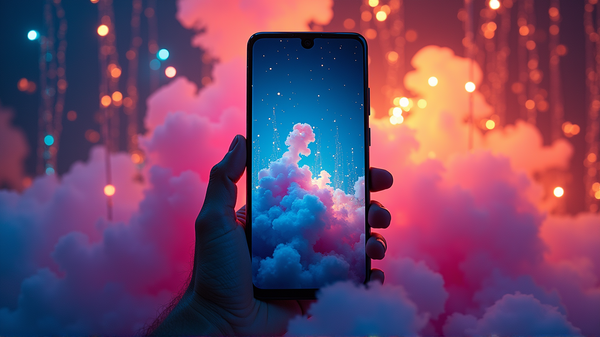Unveiling the New Era: Android Skins Go from Criticized to Celebrated!
Revolution in the Android Landscape
Gone are the days when mentioning “Android skin” incited groans among the tech community. Today, these custom interfaces are highly regarded for their unique contributions to the Android ecosystem. They are not just an embellishment but a core part of why fans and buyers appreciate the diversity offered by Android devices.
Evolution of Functionality
In recent years, Android skins have transformed significantly, moving past mere aesthetic changes. As detailed in the document, manufacturers like Samsung, with its One UI, and OnePlus’s OxygenOS, have added layers of functionality that surpass the so-called “pure” Android versions found on Pixel devices. These enhancements incorporate essential features that streamline user experience without needing additional apps or tweaks.
The Update Game
Software updates, once an Achilles’ heel, are now a selling point for premium smartphones that boast Android skins. With companies like Samsung promising up to seven years of updates and OnePlus delivering swift OS upgrades, reliability has become a hallmark, fostering a trusting relationship between the brands and their customers. OnePlus’s speedy rollout of Android 15 exemplifies this newfound efficiency, although there are occasional snags, such as Samsung’s delayed Android 16 release.
Optimization Across Tiers
From budget phones to high-end models, the performance of devices running on diverse Android skins has improved dramatically. The article explains how better hardware optimization gives users a consistent and premium experience, turning everyday use into something smooth and captivating. However, the presence of bloatware lingers, with some manufacturers being more notorious for ads on their skins.
A Rich Choice for Enthusiasts
Custom ROMs like GrapheneOS and Lineage show the enduring passion within Android’s development community. They allow users to continue using older devices securely while providing extensive customization. According to 9to5Google, these ROMs illustrate how Android’s flexibility allows for exceptional personal tailoring that stands apart from the homogeneity of other operating systems.
Differentiation in a Crowded Market
The multitude of unique skins available ensures brand differentiation, a critical factor in a marketplace saturated with devices featuring similar core internals. When every model has comparable hardware, distinct features within the software are necessary to attract users. Unique tools like OnePlus’s Shelf and Samsung’s DeX are prime examples of features that enhance usability and offer more than just physical design.
The Ultimate Power: Choice
The essence of Android lies in its offering of choice. Users can select devices that best fit their requirements, from aesthetic preferences to functional demands. As Android skins continue to evolve, the promise of variety and customization remains as compelling as ever, reflecting a maturing ecosystem that celebrates the power of personal choice.
In conclusion, Android skins are not merely a nice-to-have; they are central to the Android experience. As they evolve, they continue to provide users with a rich variety of functions and designs that are integral to their preference-based ethos. This transformation signifies a new era, one where personal customization thrives.
For further details, explore the rich content and community discussions at 9to5Google.




